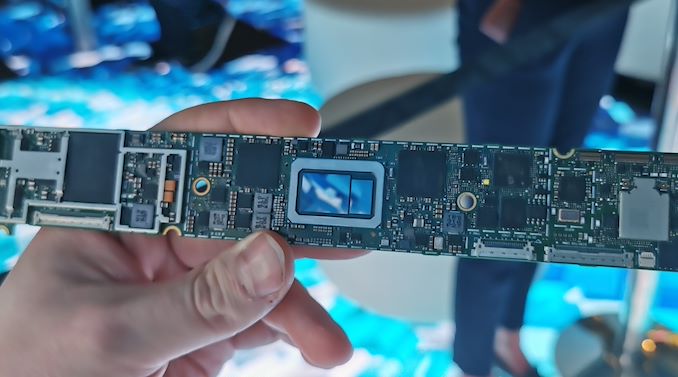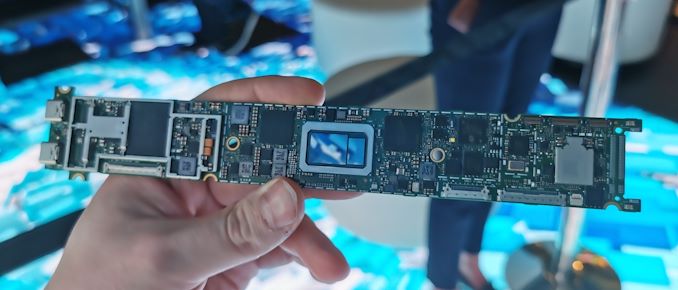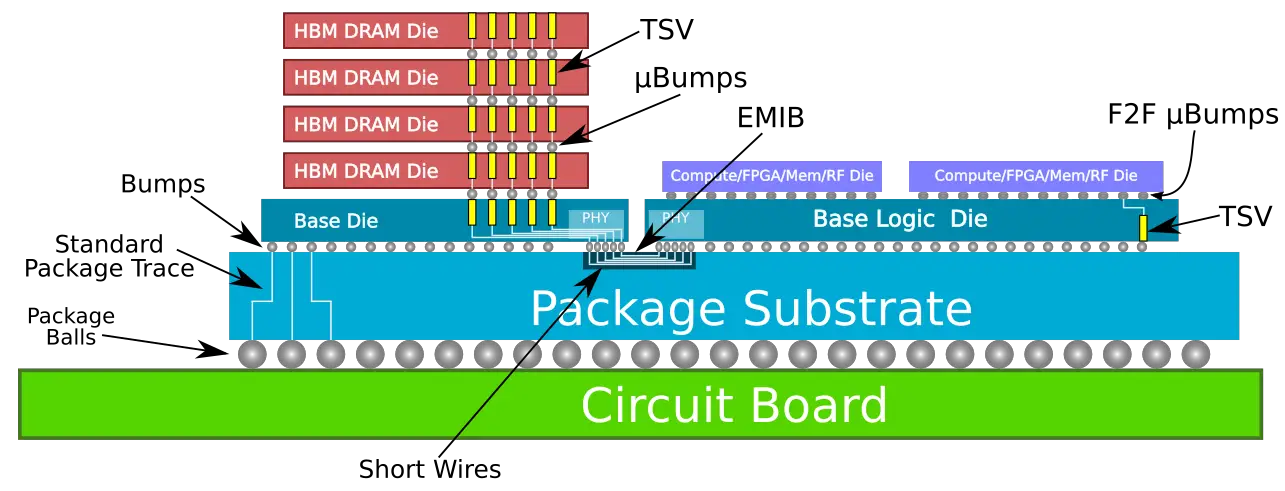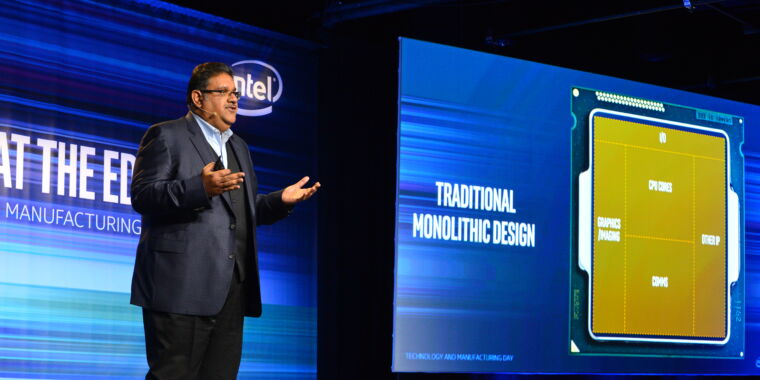LordOfChaos
Member
- mid to enthusiast cards
- gddr6
- hardware accelerating ray tracing
- 2021
- manufactured at external foundry
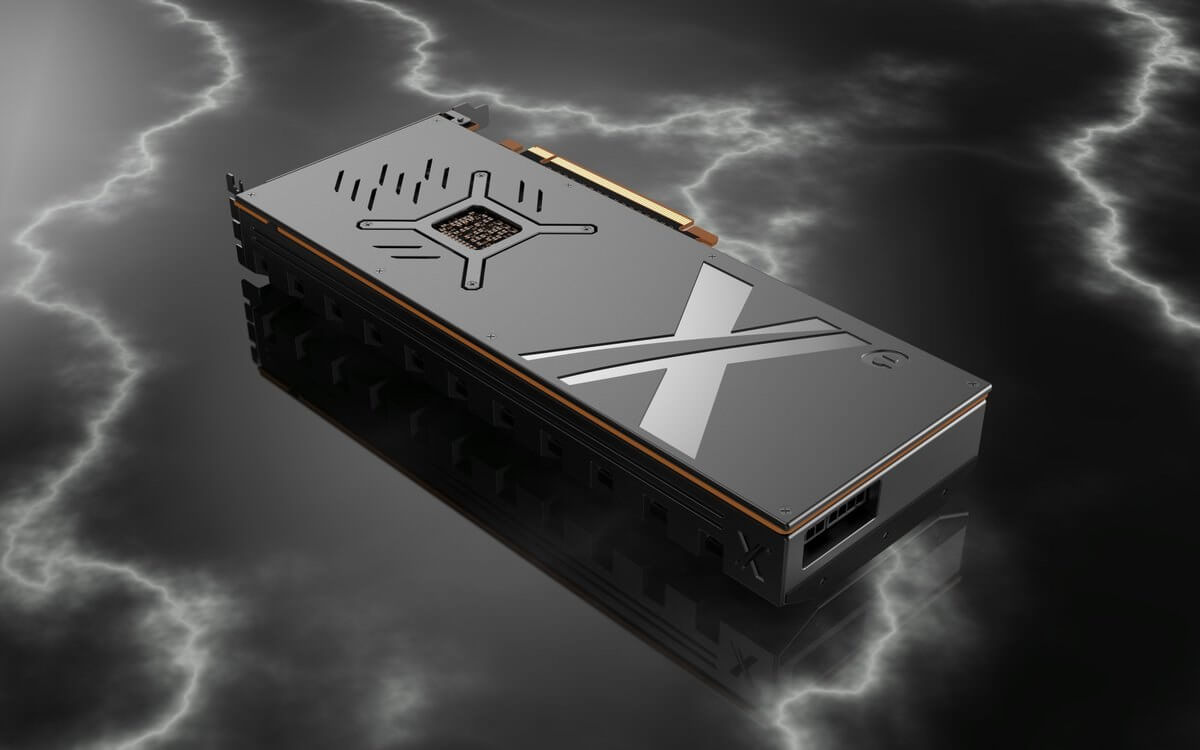
Intel to unveil Xe-HPG gaming architecture with hardware ray-tracing - VideoCardz.com
Intel has confirmed it is developing another Xe sub-architecture. Intel Xe-HPG for enthusiast gamers coming in 2021 Intel has been actively developing another GPU architecture since 2018. This is another Xe micro-architecture called Xe-HPG optimized for gaming. The XPG roadmap spans from...
Superfin is supposed to lower resistance 30%, comparable to a node generation
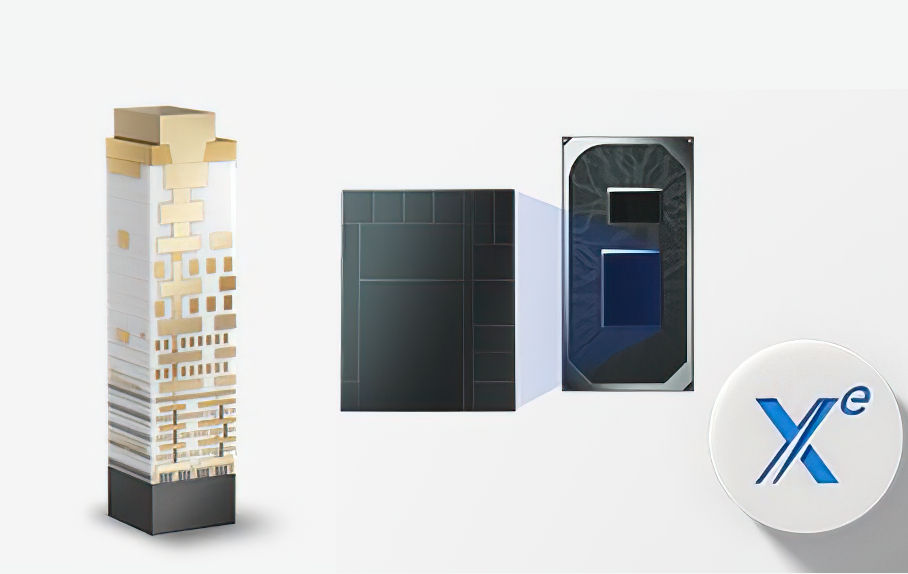
Intel Tiger Lake features 10nm SuperFin architecture - VideoCardz.com
More information on Intel’s next-generation mobile architecture. Intel Tiger Lake features SuperFin We have more details on Intel’s upcoming Tiger Lake architecture. The series will be announced on September 2nd during a special virtual event. In the meantime, we have gathered new information...
They are set to have an architecture day tomorrow, August 13th
Edit: It's true, all of it. Some journo must have leaked the real information from it.
Last edited:

